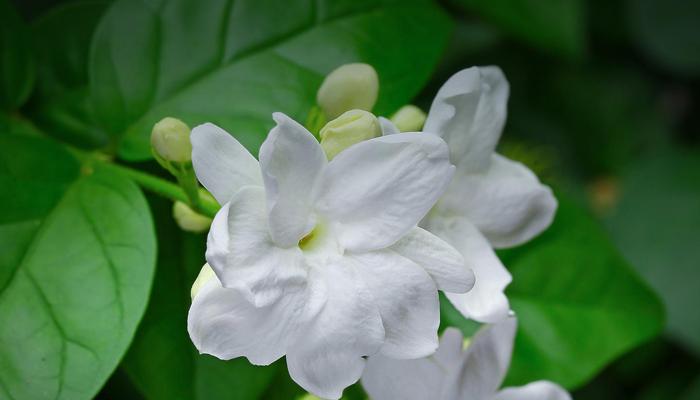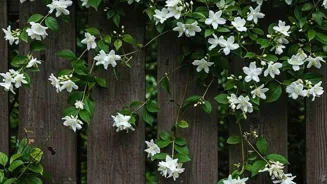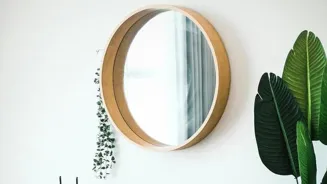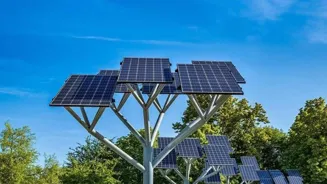Transform your garden into a sustainable sanctuary with 6 eco-friendly practices. Dive in to make a greener home!
Namaste, folks! Are you tired of seeing your building society overflowing with plastic and
waste? Do you wish you could contribute to a healthier planet without having to, you know, climb Mount Everest?
Well, put on your gardening gloves and get ready to transform your humble abode into a sustainable haven! Sustainable gardening is all about working with nature, not against it. Think of it as giving Mother Earth a big, green hug.
It's about minimizing your impact, using resources wisely, and creating a thriving ecosystem right in your own backyard, balcony, or even windowsill. Let's learn some easy-peasy tips for making your garden eco-friendly.
Composting turns kitchen waste into nutrient-rich soil for plants
First on our list is composting, the magical art of turning kitchen waste into gardening gold! Instead of throwing away your veggie peels, fruit cores, and tea bags (minus the staple pin, of course!), you can create a nutrient-rich soil amendment that your plants will absolutely adore.
It reduces the amount of waste ending up in landfills, which is a win-win for everyone. Gather a compost bin or a simple container, layer your green waste (like vegetable scraps and grass clippings) with brown waste (like dried leaves and cardboard), and let nature do its thing.
Turn the compost regularly to aerate it, and in a few months, you'll have beautiful, dark compost ready to nourish your plants. Imagine how your plants are going to grow and bloom. It will be like gifting them the very best energy drink out there.
Water conservation in gardening: use rainwater harvesting, xeriscaping, and mulching
Water conservation is another crucial cornerstone of sustainable gardening. In a country like India, where water scarcity is a significant concern, being mindful of our water usage is of utmost importance.
Instead of relying solely on hosepipes and sprinklers, consider implementing water-saving techniques like rainwater harvesting or xeriscaping. Rainwater harvesting involves collecting rainwater from rooftops or other surfaces and storing it for later use in watering your garden.
Xeriscaping, on the other hand, is designing your garden with drought-tolerant plants that require minimal watering. Group plants with similar water needs together to avoid overwatering some and underwatering others.
Moreover, mulch your garden beds with organic materials like straw, wood chips, or shredded leaves to retain moisture in the soil and suppress weeds.
Use natural pest control for safe, eco-friendly gardening
Next, let’s talk about natural pest control. Nobody likes those pesky bugs munching on their precious plants. But reaching for chemical pesticides can harm beneficial insects, pollute the soil, and even pose risks to human health.
Instead, try natural pest control methods that are safe, effective, and environmentally friendly. Introduce beneficial insects like ladybugs and lacewings to your garden to prey on aphids and other pests. Plant companion plants like marigolds and basil to repel unwanted insects.
You can also make your own natural pest sprays using ingredients like neem oil or garlic. Remember, a healthy garden ecosystem is more resilient to pests, so focus on creating a balanced environment where beneficial insects can thrive.
Saving seeds preserves plant lineage, strengthens plants
Fourth, lets talk about the magic of seed saving. It’s not just an eco-friendly practice. It’s also a way to connect with generations past, preserving plants.
By collecting and storing seeds from your own plants, you become a steward of biodiversity and reduce your reliance on commercially produced seeds. Select healthy, mature plants and allow some of their flowers or pods to dry on the plant. Once the seeds are fully ripened, collect them on a dry day.
Store these seeds in airtight containers in a cool, dark place. Next growing season, you can happily sow these seeds and watch your plants grow and bloom. Saving seeds not just conserves the plant lineage, but also makes them stronger.
Support local biodiversity by planting native plants, creating habitats, and attracting wildlife
Fifth, we need to talk about supporting local biodiversity. Your garden can be a haven for native plants, birds and other wildlife. By planting native plants, you create a habitat that provides food, shelter, and nesting sites for local wildlife.
Native plants are also adapted to the local climate and soil conditions, so they require less watering and maintenance. Observe which plants grow naturally in your region and choose varieties that are well-suited to your garden.
Create a butterfly garden with nectar-rich flowers to attract butterflies and other pollinators. Include a bird bath or a small pond to provide water for birds and other animals. Remember, a diverse garden is a healthy garden that benefits both you and the environment.
Use eco-friendly tools and supplies for a sustainable garden
And finally, consider using eco-friendly gardening tools. Ditch the plastic and invest in durable, long-lasting tools made from materials like bamboo, wood, or recycled metal. Avoid using power tools that run on gasoline, as they contribute to air pollution.
Opt for hand tools like spades, forks, and trowels whenever possible. When purchasing gardening supplies, choose organic fertilizers and soil amendments that are free from harmful chemicals. Support local nurseries and garden centers that prioritize sustainable practices.
By making conscious choices about the tools and supplies you use, you can minimize your environmental footprint and create a truly eco-friendly garden. So, there you have it – six simple steps to transform your home garden into a sustainable sanctuary!
Remember, every small change counts, and together, we can make a big difference in creating a greener and healthier planet for generations to come. Happy gardening!
AI Generated Content. Glance/InMobi shall have no liability for the content









